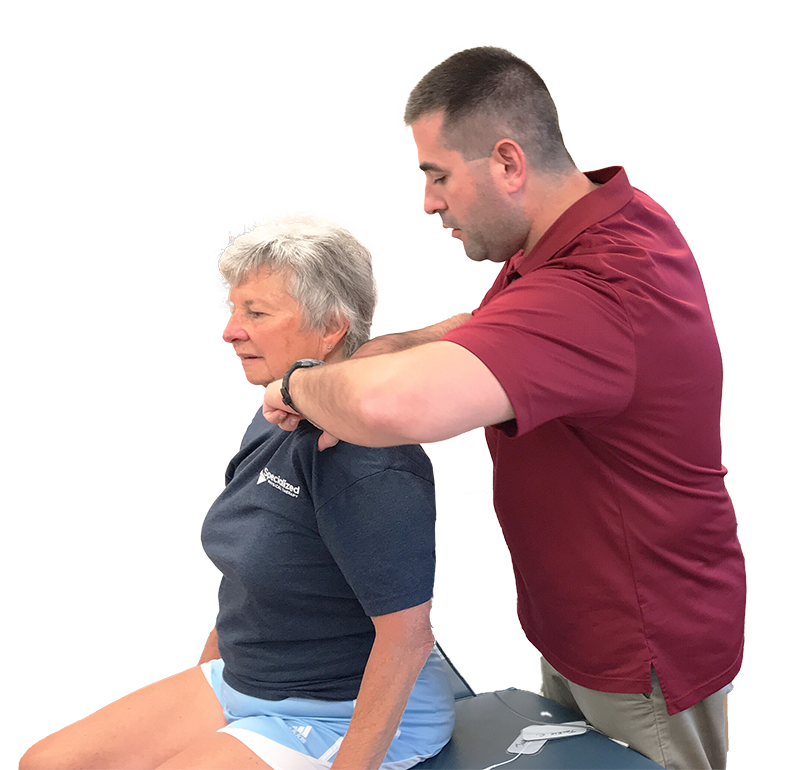Neck
Cervical Degenerative Joint Disease
Cervical degenerative joint disease can cause severe neck pain, limited neck motion, headaches, and muscle weakness. It’s an arthritic condition accelerated by overuse of the joint and the natural aging process. It typically occurs because of natural degeneration and deterioration of the cervical spine. Specialized Physical Therapy can take steps to alleviate neck pain and…
Read MoreWhiplash Injury Treatment
A whiplash injury occurs when the neck moves back-and-forth rapidly after a collision. Common causes include auto accidents, falls, and sports injuries. Early symptoms include severe neck pain, which one often confuses for a neck sprain/strain. Physical therapy for whiplash can reduce the initial pain and limit further degeneration. A cervical whiplash injury occurs due…
Read MoreCervical Spinal Stenosis
Neck or back pain can be debilitating, interfering with many aspects of daily life. Spinal stenosis is commonly the cause of the pain. Although stenosis cannot be cured with conservative measures, physical therapy treatment can help you to manage and prevent worsening of the symptoms. Symptoms If the stenosis is present in the cervical spine…
Read MoreNeck Pain Physical Therapy
Your neck and back consist of small bones called vertebrae. These small bones are placed on top of each other to create your spinal column. Your spinal column protects your spinal cord and supports your head. This is the primary structure that connects the network of nerves in your body. Messages travel along this path…
Read MoreMultiple Sclerosis Physical Therapy
Multiple Sclerosis (MS) targets the central nervous system (i.e. the brain and spinal cord). Its debilitative effects lead to muscle pain, balance and coordination issues, and cognitive problems. In severe cases, MS can turn into a lifelong disability without treatment. How does Multiple Sclerosis physical therapy help? Visit our facility to receive personalized physical therapy…
Read MoreCervical & Lumbar Pinched Nerve Treatment
Discs are fibrocartilaginous spacers between your vertebrae. Vertebrae are the bones that make up the spine. A disc is composed of a harder ring of cartilage surrounding an inside of softer cartilage. Discs act to absorb shock throughout the spine and allow the spine to move efficiently. In some cases, the discs may move and…
Read More






